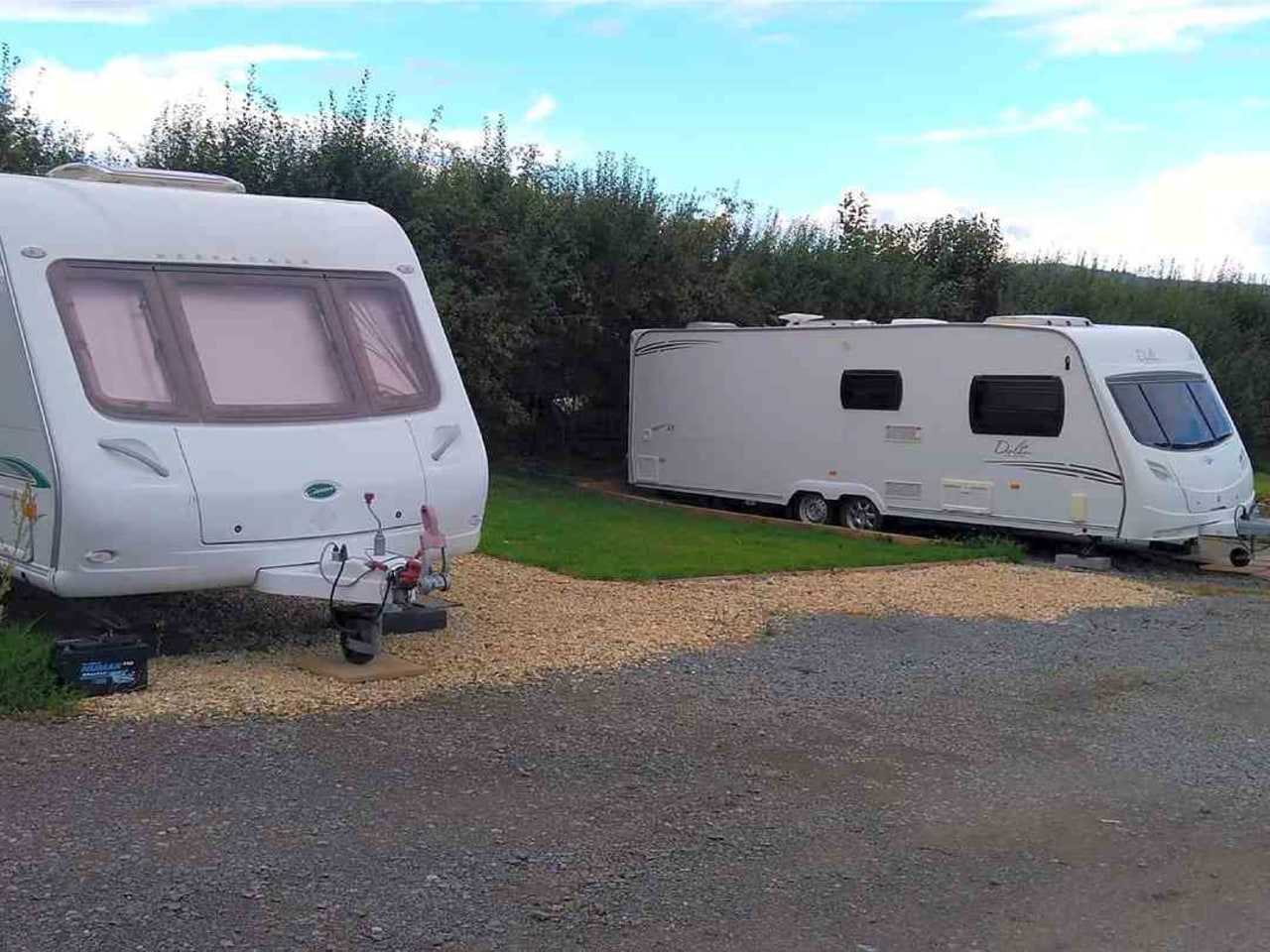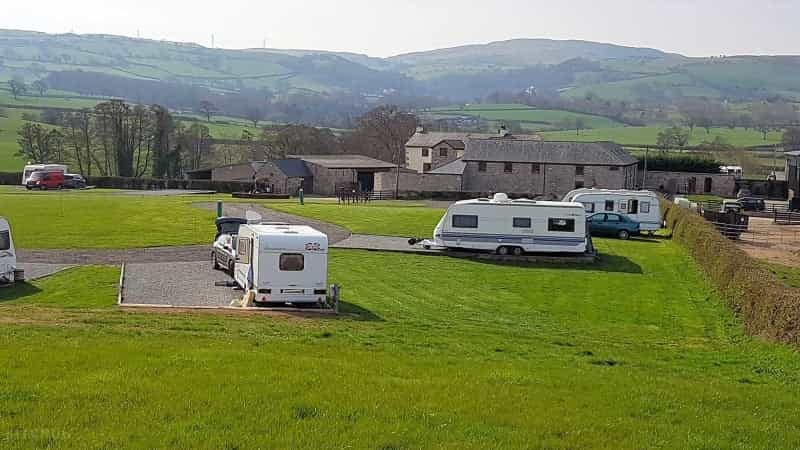Hitching a caravan to your car in 10 simple steps
Correctly hitching your caravan to your car is vital to ensuring you have a positive towing experience out on the road. Before you buy your caravan, you can make your life easier by asking the dealership to demonstrate the hitching process for you. Once you’ve done that, follow this step-by-step guide and read our FAQs to refresh your memory and learn all there is to know about this important skill.

Step-by-step guide to hitching a caravan to a car
1) First, make sure that you have an appropriate tow bar attached to your car. By law, the centre of the tow ball (the ball on the end of the tow bar) must be between 350 and 420mm from ground level. Choosing a tow bar that meets European Standard R55 will help you meet all legal requirements.
2) Next, check your nose weight (a measurement of the downwards force the front of your caravan will create while being towed). You can find your caravan’s maximum nose weight in the handbook. Your tow bar specifications will also state the maximum vertical load – make sure the nose weight reading you take is below these two figures. Once you have loaded your caravan correctly, place a nose weight gauge directly under the hitch and slowly lift the jockey wheel (the wheel at the front of the caravan that you can extend and retract with a winding motion) until the nose of the caravan is resting on the nose weight gauge. Wait for the caravan to settle and take your reading.
3) Use the jockey wheel to raise the hitch so that it will be above the level of the tow bar.
4) Slowly reverse your tow car until the tow bar is situated just below the hitch. This is much easier with a second person to help guide the driver. Leave a window open so you can communicate easily in order to line up the car and the caravan. Alternatively, you can carefully push your caravan into place or use a remote-controlled electric caravan mover if you have one.
5) Attach the caravan’s break-away cable by looping it around the tow bar and securing to close. This cable is an essential safety device that automatically applies the caravan's brakes if your caravan becomes unhitched for any reason. Make sure that the cable has plenty of slack and will not be suddenly pulled taut in the course of normal driving.
6) You are now ready to secure the hitch to the tow bar. Use the jockey wheel to wind the hitch down onto the tow ball until you hear a click. Check that you have hitched properly by attempting to lift the hitch – it should not budge from the tow bar.
7) Lower the hitch head stabiliser (the adjustable plastic clamp found on the top of the hitch) all the way down so that its pads grip the front and back of the tow ball. This helps to stabilise the caravan and will mitigate pitching (when the caravan moves up and down during transit). Many hitch head stabilisers have markings to help you check that everything is lined up correctly.
8) Disengage the jockey wheel by winding it up and placing it in the travel position. It should be clear of the ground and secured in place with the clamp provided.
9) Connect your car’s electricity supply to your caravan. Modern caravans typically use a 13-pin socket that is twisted into place. Before setting off, have someone test the caravan’s brakes, indicators and lights and ensure that all circuits are working normally.
10) Release the handbrake and pull away.

Now you’re ready to get out exploring, click here to browse Pitchup’s best caravan pitches across the UK, Europe and beyond.
Hitching FAQs
What is the European Standard R55 for hitching equipment?
European Standard R55 is a regulation from 2010 that sets safety and quality rules for hitching devices. Buying jockey wheels, tow bars etc that meet these standards will ensure that you comply with all rules in the UK and Europe.
What measurements do I need to take to hitch my caravan to my car?
When hitching your caravan to your car, you will need to measure the nose weight (a measurement of the downwards force the front of your caravan will create while being towed). You can measure this using a nose weight gauge.
How many people do you need to hitch a caravan?
Hitching a caravan is easiest when there is someone to assist the driver when reversing the tow car. Leave the car windows open for easy communication during this step.
How difficult is hitching a caravan?
Hitching a caravan is a process that takes time at first, but following our step-by-step guide will help you as you start out. With practice, hitching a caravan can be completed in just a few minutes.
Do I need a hitch head stabiliser?
While not a legal requirement, a hitch head stabiliser is recommended as it will give your caravan greater stability while it's being towed.

